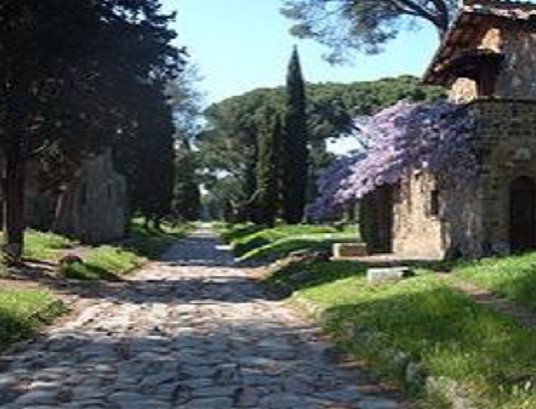
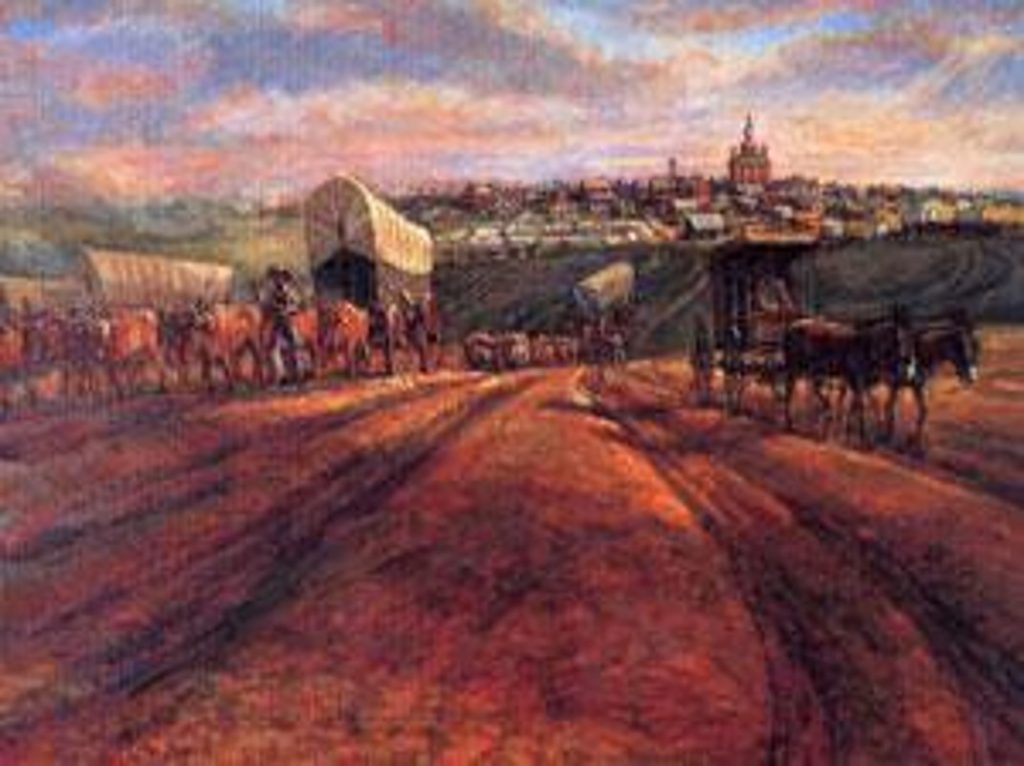
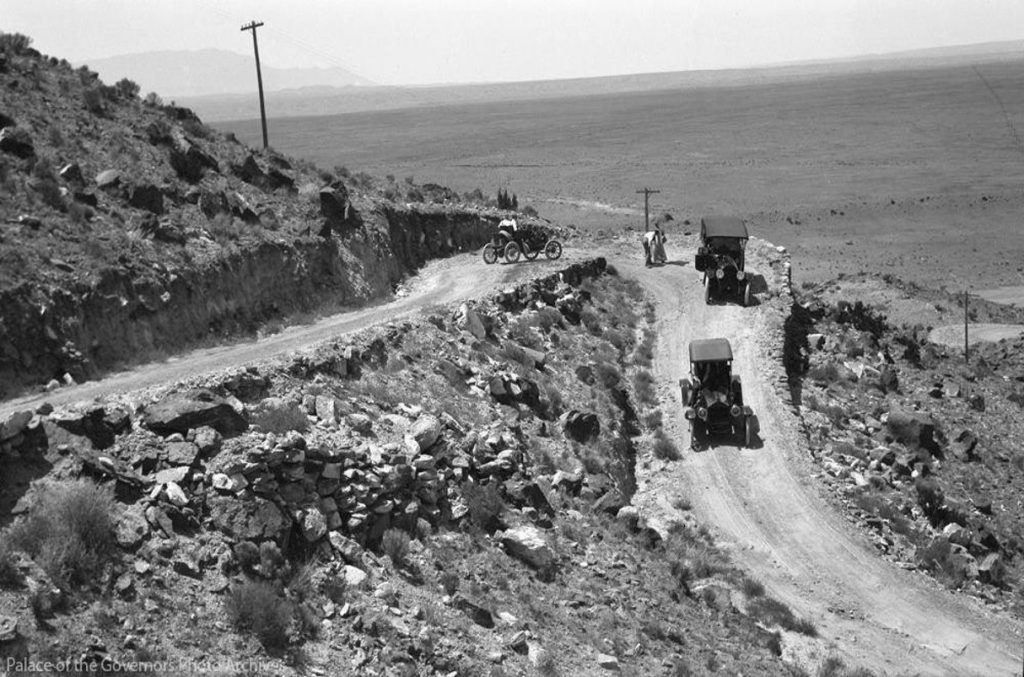
In 2018, a small team of CIIC members convened to develop a resolution, which was adopted at the 2018 CIIC annual meeting in Gorlitz, Germany. An excerpt from the resolution states that:
“Historic roads include those designed for foot, animal powered vehicles, or automobile. Significant historic roads can have profound and lasting cultural, social, economic, political, and technological impacts on the associated geographical regions/nations.
Historic roads may come in many different types, layouts, specific uses, and dimensions. Accordingly, they may receive very different names in the various cultures and languages. For example, a historic road may be referred to as a path, byway, trail, walkway, footpath, road, highway, etc.
There may be historic roads or sections of historic roads, that like buildings and cultural landscapes help make up components of a cultural route, although on many other occasions this may not be the case as they may exist independently of the said cultural routes. On occasion, a significant historic road may meet the criteria of a cultural route in and of itself.”
The CIIC also recognized that historic roads have special conservation considerations that have not yet been addressed in a scientific way within ICOMOS.

To address this, a CIIC Historic Roads Subcommittee (HRSC) was formed in 2019. The HRSC currently consists of eleven interested members, representing India, Spain, Australia, Argentina, Mexico, and the United States.
To date, the work of the HRSC has been to establish the basic purpose of the subcommittee, which is to provide a professional forum to advance the understanding, management and conservation of historic roads. The goals associated with this purpose are broad and overarching, and will be revised and amended by the HRSC as work is accomplished and additional needs and projects are identified.

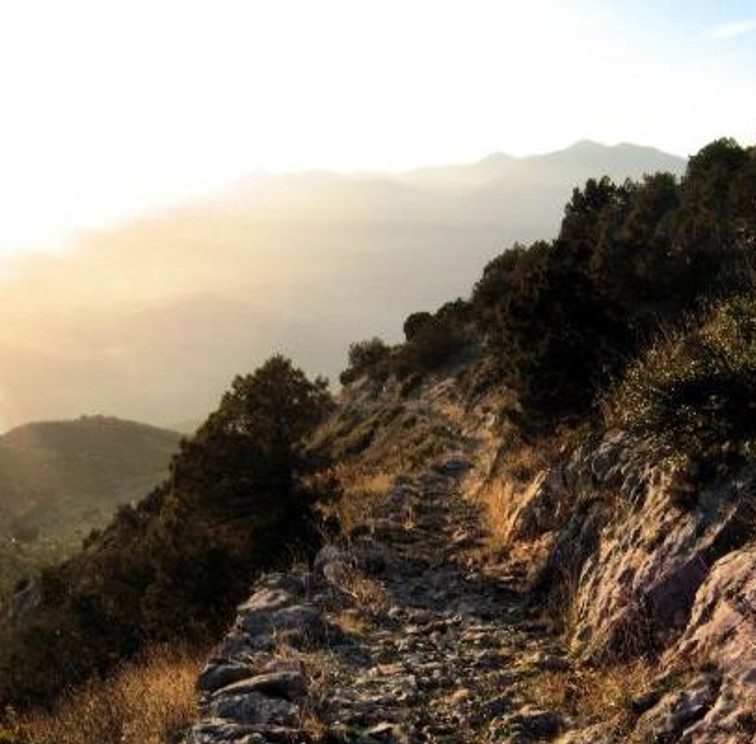
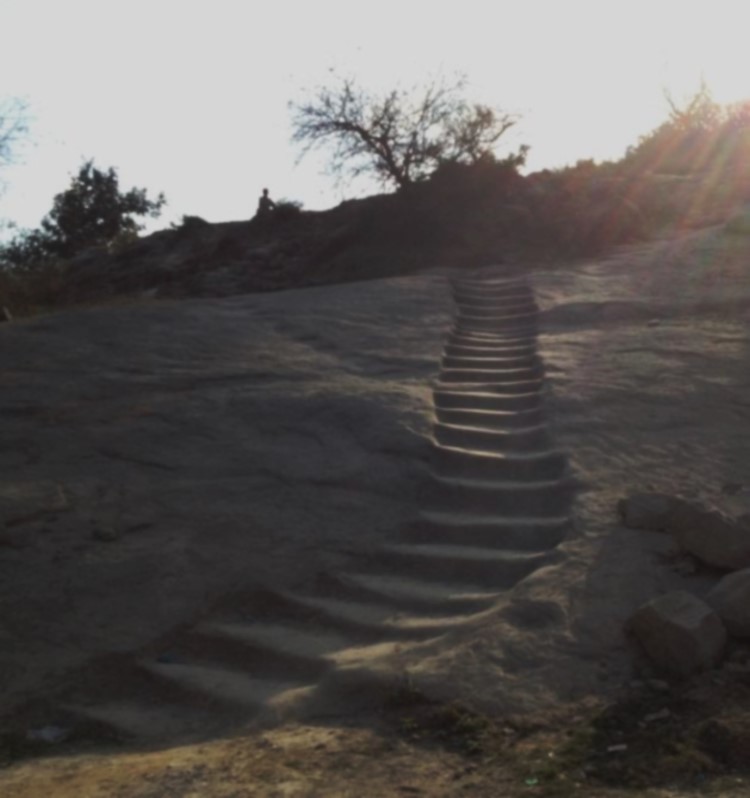
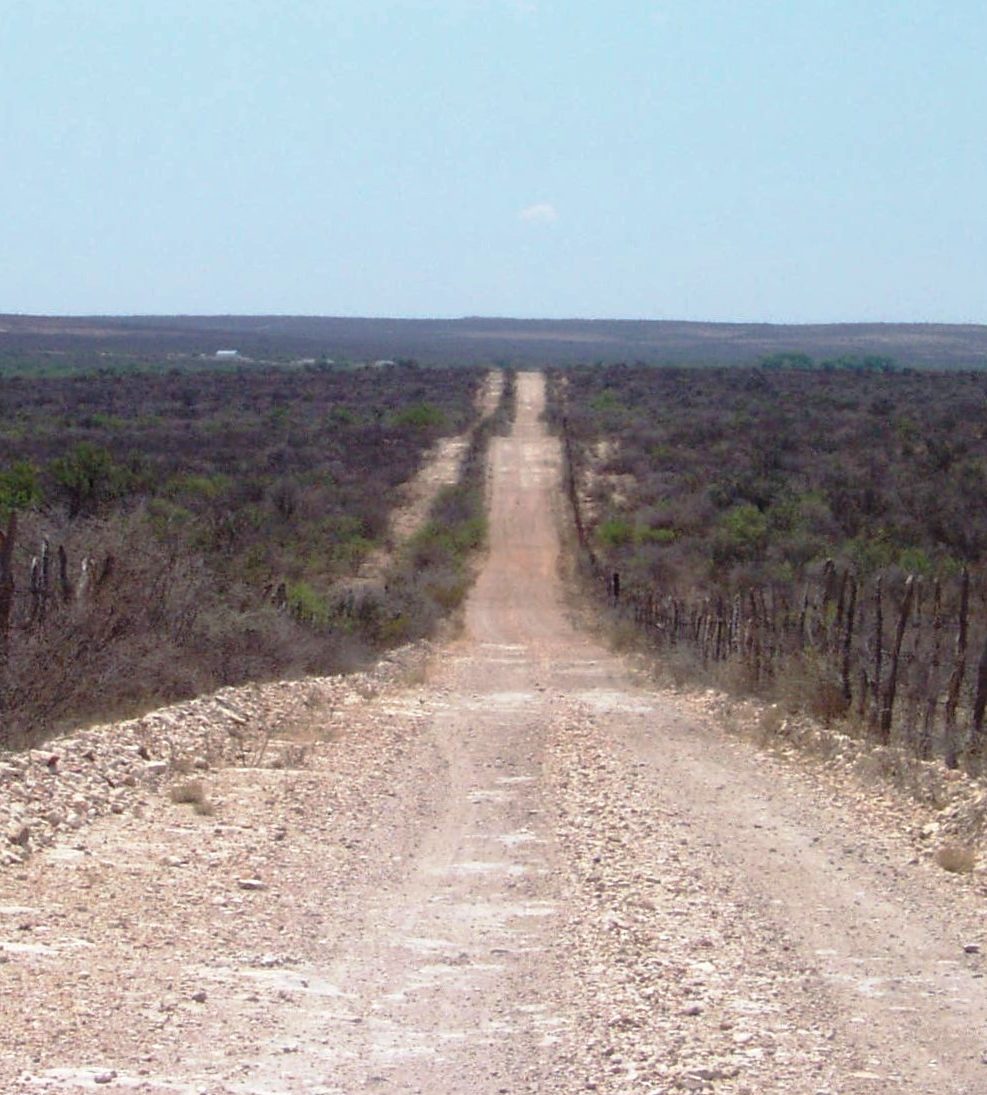

Chairperson
Kaisa Barthuli (United States)
CIIC Expert Member
Historic Preservation and Regionalism, School of Architecture and Planning, University of New Mexico
Kaisa Barthuli has worked with the US National Park Service for over thirty years in Cultural Resource Management. She currently manages the Route 66 Corridor Preservation Program where she works with private, nonprofit and governmental entities to develop strategies for interpretation, conservation, and management of the 2,400-mile (3,862 km) historic road. She holds a B.A. from the University of California at Berkeley; has completed an advanced program in heritage conservation through the International Centre for the Study of the Preservation and Conservation of Cultural Property (ICCROM); and holds a Graduate Certificate in Historic Preservation from the University of New Mexico. She has been an ICOMOS member since 2014, and a member of the ICOMOS Scientific Committee on Cultural Routes since 2015. Currently she is chairperson of the CIIC Historic Roads Subcommittee.

El Comité Internacional de Itinerarios Culturales (CIIC) is one of ICOMOS International Scientific Committees.
CONTACT
LANGUAGE
*The images are subject to copyright and their reproduction is prohibited.
Copyright © CIIC ICOMOS. All rights reserved.